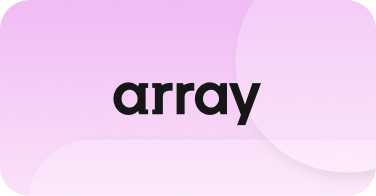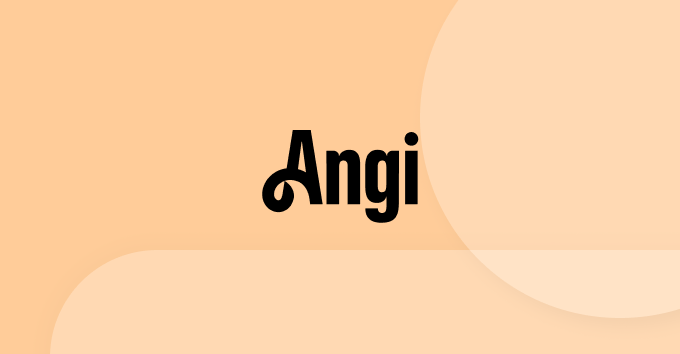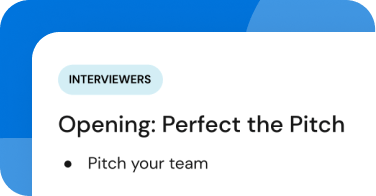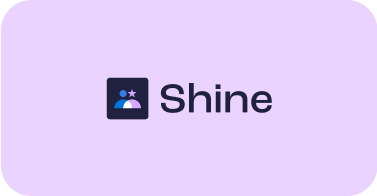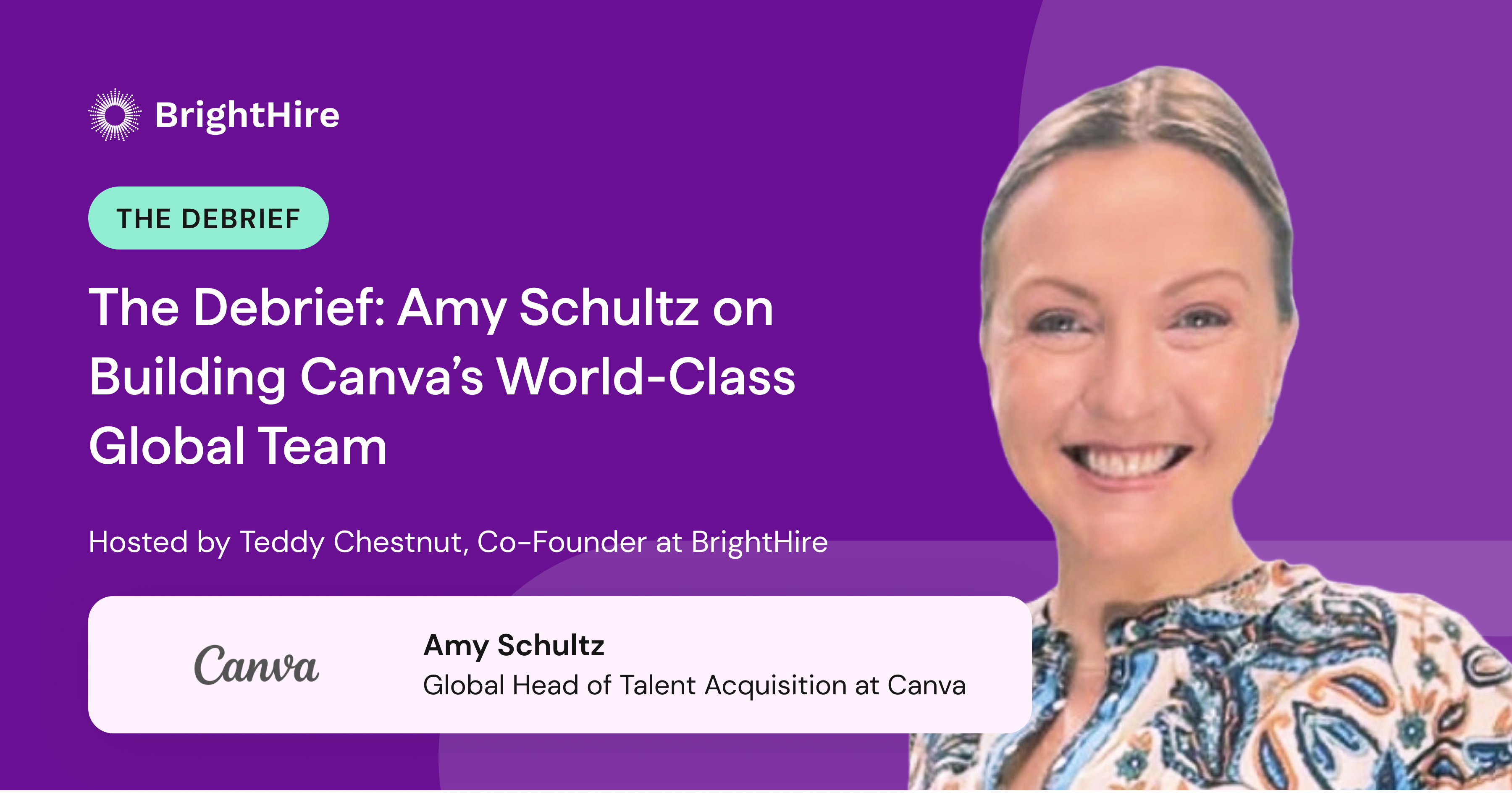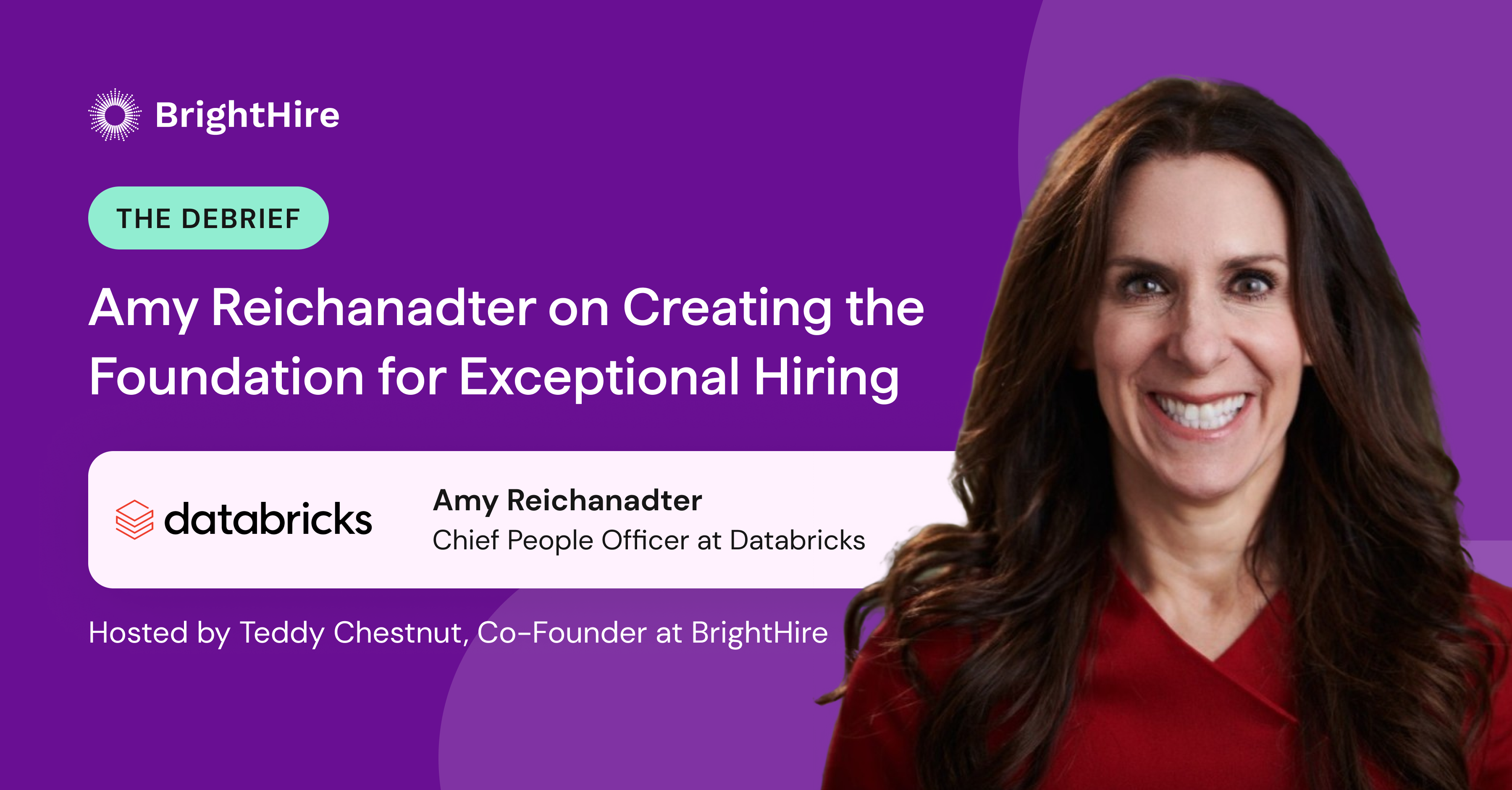As originally seen in Fast Company on March 10, 2021.
It’s time to be more systematic about how and why new hires are selected.
Bad hires are expensive, disruptive, and demoralizing. Replacing one costs roughly 30% of the employee’s first-year earnings, according to the U.S. Department of Labor. Up to 80% of turnover is rooted in bad hires, the Harvard Business Review reports. Yet organizations often apply more rigor to evaluating new software purchases or marketing campaigns than to honing the way they select their future workforce.
That weakness is most pronounced in companies’ approaches to interviews. Interviews are the forum in which résumés become human: a team’s best opportunity to learn who a candidate is, what she values, and how she approaches problems and makes decisions. More than two-thirds of companies identified poor interview processes as the culprit behind bad hires, according to the research firm Brandon Hall Group.
And, at the same time weak interviews let bad candidates through, they can also keep good ones—including those who would contribute to a more diverse workforce—from progressing. Yet these critical exchanges typically unfold in private, with scant transparency or documentation.
This conclusion—that interviews are hiring’s Achilles heel—came to us independently from our observations. Ben learned this while helping scale a fast-growing startup, for Teddy, it was working with global talent teams at LinkedIn. After leaving those jobs, we spent dozens of hours speaking with talent leaders at companies of all sizes. Their experiences bore out our hypothesis. One HR executive at a corporation with a workforce of more than 10,000 didn’t even know what questions employees asked during interviews. Many raised concerns about quality, bias creeping into the process, and how interviewers were representing their companies to candidates. Everyone felt that interviews were at the same time critical and a black box. Last year we founded our company BrightHire, to address these issues.
The chief problem, we found, is that interviewing doesn’t lend itself easily to the kinds of evidence-based approaches elevating other areas of management. Unlike résumé data, certifications, or test results, information gleaned in interviews is often subjective, meaning it’s vulnerable to interpretation and bias. As Nobel Prize winner Daniel Kahneman explains in a 2019 article for MIT Sloan management review, job interviewers can be led astray by their assumptions about candidates and the disproportionate power of first impressions. Then there is the distorting influence of affinity. People like people to whom they relate: those who share their hobbies or attended their alma maters.
Interviews can also be discursive. Structured interviews—which present all candidates with standardized questions designed to evaluate their suitability for specific jobs—produce the most reliable results. But even when companies create such lists, managers are often on the run, dodging into a conference room to talk to a candidate between meetings. Often they just wing it. Laszlo Bock, formerly Google’ senior vice president of people operations, found that such unstructured interviews are basically a waste of time: They explain just 14% of a hire’s performance.
Great interviewing is hard to scale, in part, because no one person is accountable for hiring excellence. Job interviews are the responsibility of many, but they are a core competency (outside of HR) for almost none. That can lead to bad outcomes not just for the business but also for candidates, who—over inexpert interviews with multiple team members—may be dragged repeatedly through the same set of questions or receive divergent answers to their own queries. LinkedIn reports that 83% of talent say a lousy interview experience can turn them off to a company.
So should we dispense with interviews? Certainly not. When run well, interviews are an invaluable part of what is, after all, an organization’s most human function. They remain the best way for prospective colleagues to suss one another out: to assess whether this is the optimal match for all.
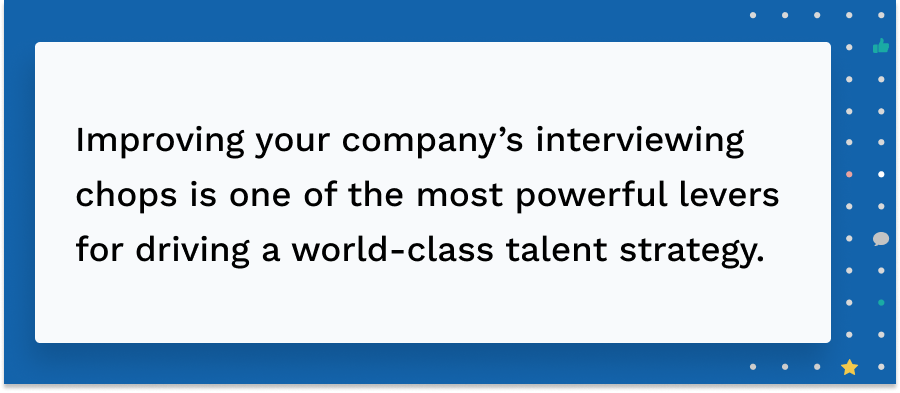
In fact, improving your company’s interviewing chops is one of the most powerful levers for driving a world-class talent strategy. The impact on your organization is potentially huge. Standardizing interviews reduces by 80% the chance of a bad hire; and investing in a strong candidate experience improves the quality of hires by 70%, the Brandon Hall Group reports. And with new, welcome imperatives around building diversity, companies must ensure that all interviewers treat all candidates fairly and equitably.
Whether or not you opt to use technology to optimize the process, the following practices will make your interviews more thorough, objective, fair—and effective:
MAKE A PLAN
Hiring teams should decide upfront how to test for the specific capabilities and experiences they want. That requires some training. No one knows instinctively how to “evaluate problem-solving skills.” Directions like “see if they have grit” are useless. Interviewers should walk in with a toolkit that combines behavioral questions with exercises such as role plays that allow candidates to show, not just tell.
EMPHASIZE EVIDENCE OVER IMPRESSIONS
Each interviewer will come away from her 30-minute conversation with a partial view of the candidate, informed by the limited questions she had the time or inclination to ask. The hiring manager should charge interviewers not to judge but rather to collect concrete evidence of specific skills, competencies, and experiences. Their reports taken together contribute to a fully informed decision.
GET TO THE DEBRIEF ASAP
Meetings to discuss candidates often occur a week or more after the interviews. Participants squint at their scrawled notes, trying to recall what applicants said that suggested leadership potential or sloppy work habits. Vague statements often pass unchallenged. “She didn’t seem like a good culture fit.” “I’m not sure he would be comfortable with risk.” In the worst cases an interviewer’s unconscious bias can pass undetected in a slurry of general impressions. To avoid impressions going stale, schedule the debrief within a day or two of the interviews.
Ben Sesser and Teddy Chestnut are the cofounders of BrightHire, a new kind of interview platform that helps teams gather, share, and compare evidence to make better, faster, and more equitable hiring decisions.
